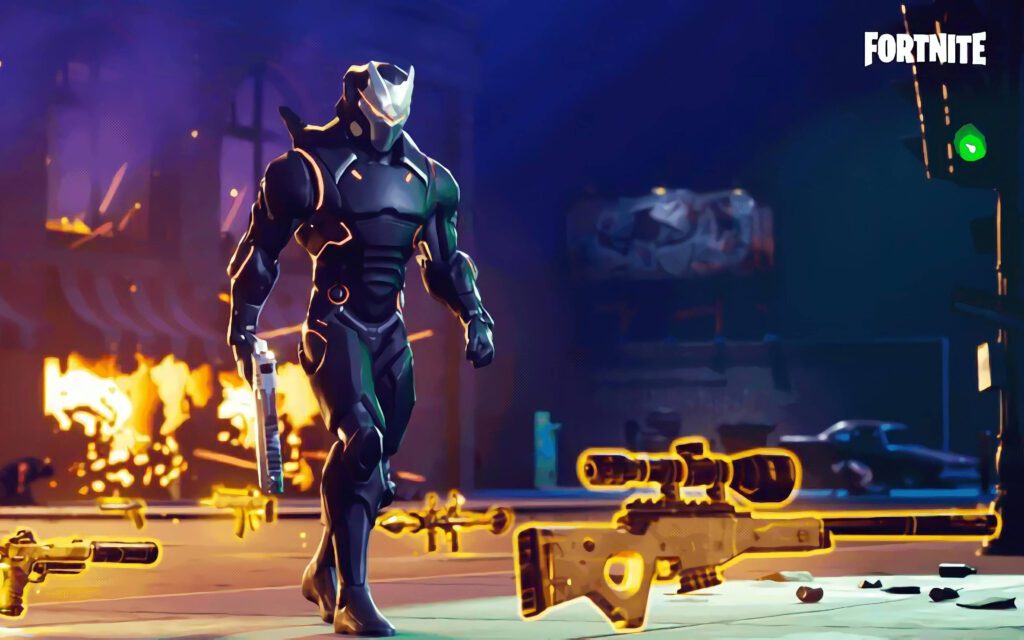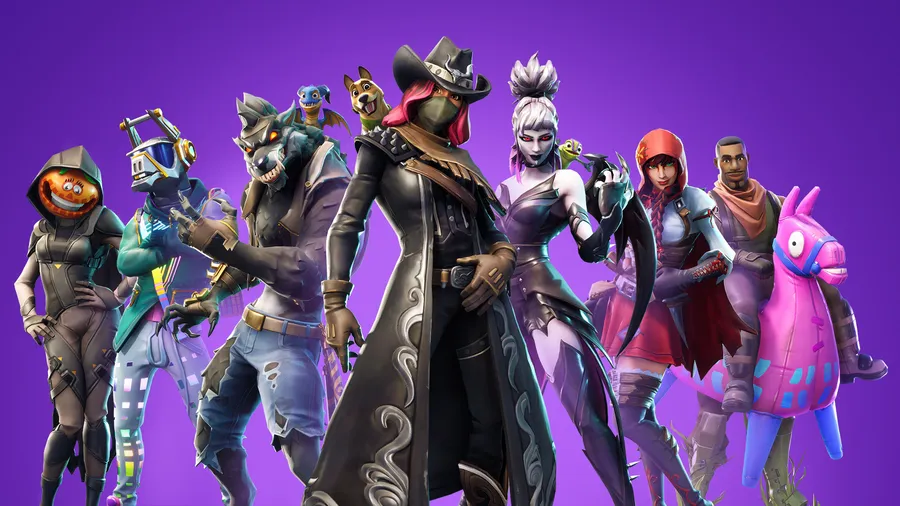Being a great In-Game Leader (IGL) in Fortnite is crucial to your team’s success, especially with the latest updates from Epic Games that have made placement points more significant than eliminations in tournaments like Duo Cash Cups. In this guide, I’ll walk you through some of the essential tips and strategies I use, which I’ve also seen the pros apply, to become the best IGL possible and make smart decisions when it matters the most.
Whether you’re aiming to improve your rotations or boost communication with your duo, here are key steps to elevate your IGL game. I’ll also share a breakdown of how I applied these tips during a 14-kill victory in a recent Euro Cash Cup.
Step 1: Planning Out Each Game Stage
Planning is one of the most critical roles of an IGL. You need to map out your game strategy across all stages: early game, mid-game, and end-game. Each phase requires different tactics depending on your strengths and the circumstances.
- Early Game Plan: Focus on where to drop, what loot to prioritize, and whether to contest other teams. If you’re confident in your fighting skills, you might opt to engage early. Otherwise, you can prioritize safe rotations.
- Mid-Game Plan: Decide whether to rotate to the congested side or dead side of the zone. Avoid unnecessary fights unless you’re going for refreshes, and prioritize positioning.
- End-Game Plan: Know whether to claim high ground or play low, and be prepared to secure refreshes to maintain mats and resources.
By having a clear plan, you can minimize miscommunication with your teammate, ensuring you both understand your roles at each point in the game.
Step 2: Confidence in Execution
Having a solid plan is essential, but executing that plan with confidence is what separates good IGLs from the great ones. As the IGL, you bear the responsibility for your team’s success or failure. If your rotation gets you eliminated, that’s on you. Accepting responsibility and learning from mistakes is critical.
Scrims and practice matches are perfect for honing your decision-making skills and building the confidence needed to lead your team. By reviewing your performance, especially during challenging rotations or engagements, you can better understand what went wrong and how to improve.
Step 3: Quick Decision-Making and Minimizing Hesitation
In high-pressure tournaments like FNCS or Cash Cups, quick decision-making is crucial. Hesitation allows opponents to rotate ahead of you, potentially giving them the upper hand. Pros like Queasy and Setty are masters at making fast, smart decisions during key moments in the game.
You can develop this skill through experience. The more competitive matches you play, the better you’ll become at quickly assessing the situation and deciding the best course of action. Don’t be afraid to make mistakes along the way—each one is a learning opportunity that will sharpen your instincts.
Step 4: Communication is Key
Clear and concise communication is the backbone of any successful duo. As an IGL, it’s your job to ensure both you and your teammate are always on the same page. Poor communication can lead to avoidable mistakes, like a teammate failing to back you up during a crucial engagement.
Keep your calls short and to the point. Instead of over-explaining, stick to commands like “rotate now” or “take height.” Too many words can create confusion, so focus on being direct and clear with your instructions.
A Real-Life Example: Breaking Down a 14-Kill Win
Let’s apply these strategies by breaking down my 14-kill win in a recent Duo Cash Cup. In this match, I focused on strategic decision-making, communication, and execution to secure the victory.
- Early Game: I used my drop map to ensure we landed first, grabbing an early weapon and securing a free elimination on a contesting team. This was part of our pre-planned strategy to engage aggressively off spawn and secure the loot we needed for mid-game.
- Mid-Game: After capturing the forecast tower, we prioritized rotating to the dead side of the zone. This allowed us to avoid congested areas filled with other teams, setting us up for a strong end-game position.
- End-Game: Once we secured high ground, we focused on maintaining it while applying pressure from above. Using our advantageous position, we got multiple eliminations and maintained our mats. Clear communication and smart decisions ensured we held height until the final zone, leading to a well-deserved win.

